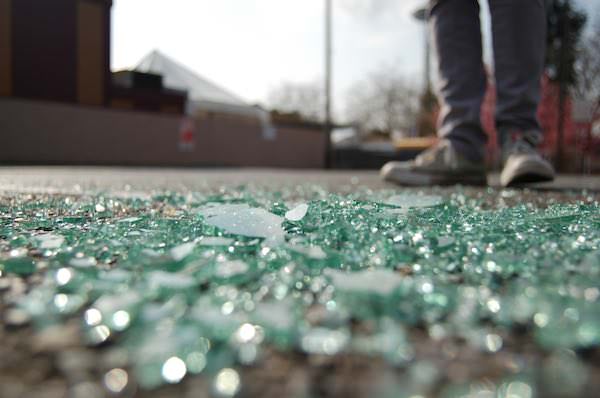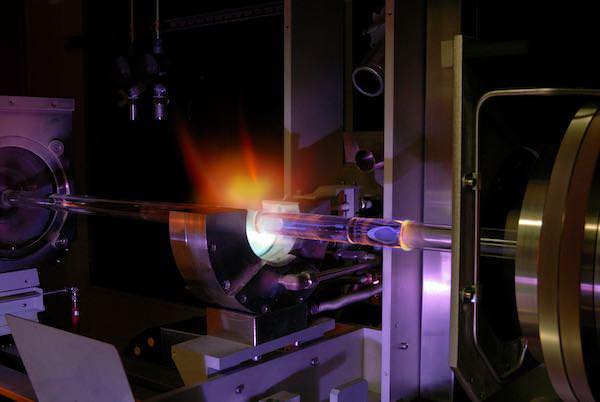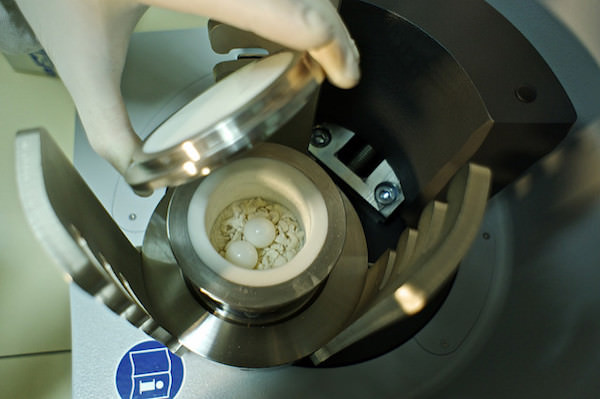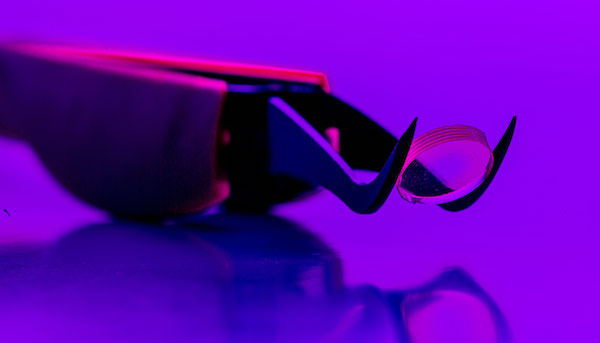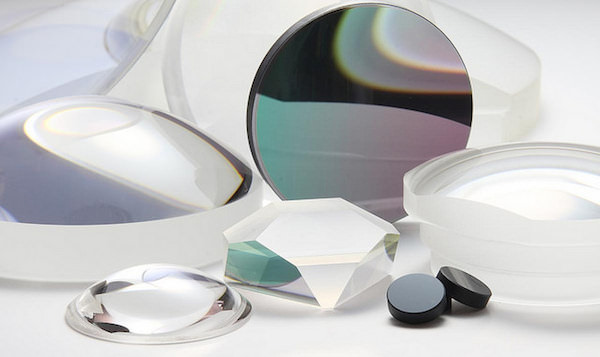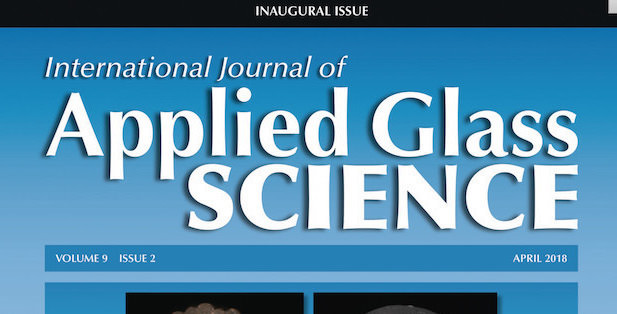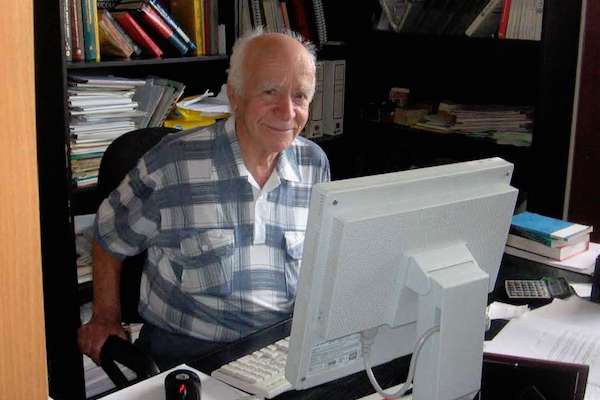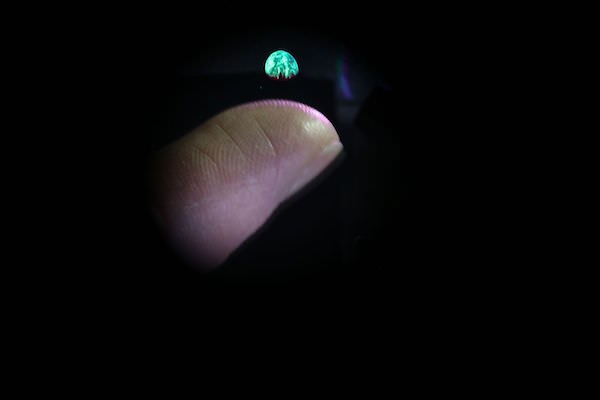Researchers and engineers at Carnegie Mellon University and ASU Tech Co. Ltd. in China have a solution that thinks outside the box—a smartwatch that has a built-in projector that instead turns your skin into the touchscreen.
Read MoreThe May 2018 issue of the ACerS Bulletin—featuring stories about how novel materials are overcoming limitations and opening new possibilities for glass optical fiber systems, beverage trends shaping the glass container industry, and much more—is now available online.
Read MoreBCC Research is offering a 15% discount on market research reports for ACerS members. ACerS members can take the discount off of an annual membership or individual research reports.
Read MoreResearchers at Lawrence Livermore National Laboratory have broken the “3-D printed glass barrier” by developing a direct ink writing method to 3-D print optical glass that uses silica and silica titania from sol-gel.
Read MoreA research team developed a 3-D printing process to make a high-quality, low-cost optical lens that could be fabricated a lot quicker than conventional methods and used in a number of applications for the optical and medical industries.
Read MoreHave you checked out the April issue of IJAGS? This issue is the first containing content fully curated by Mario Affatigato, professor of physics at Coe College and new IJAGS editor-in-chief.
Read MoreACerS Board of Directors recently elected prominent glass scientist Oleg Mazurin as an Honorary Member of ACerS. Mazurin’s contributions to glass science include hundreds of journal publications, 15 books, and a glass database.
Read MoreResidential LEDs use at least 75% less energy and last 25 times longer than incandescent bulbs, but R&D challenges still exist for LED lighting. However, new materials research continues to push LED technologies further forward.
Read MoreScience fiction has officially become nonfiction—scientists have developed a method to create real-life floating displays projected into the air. “We refer to this colloquially as the Princess Leia project,” lead scientist Daniel Smalley says.
Read More
